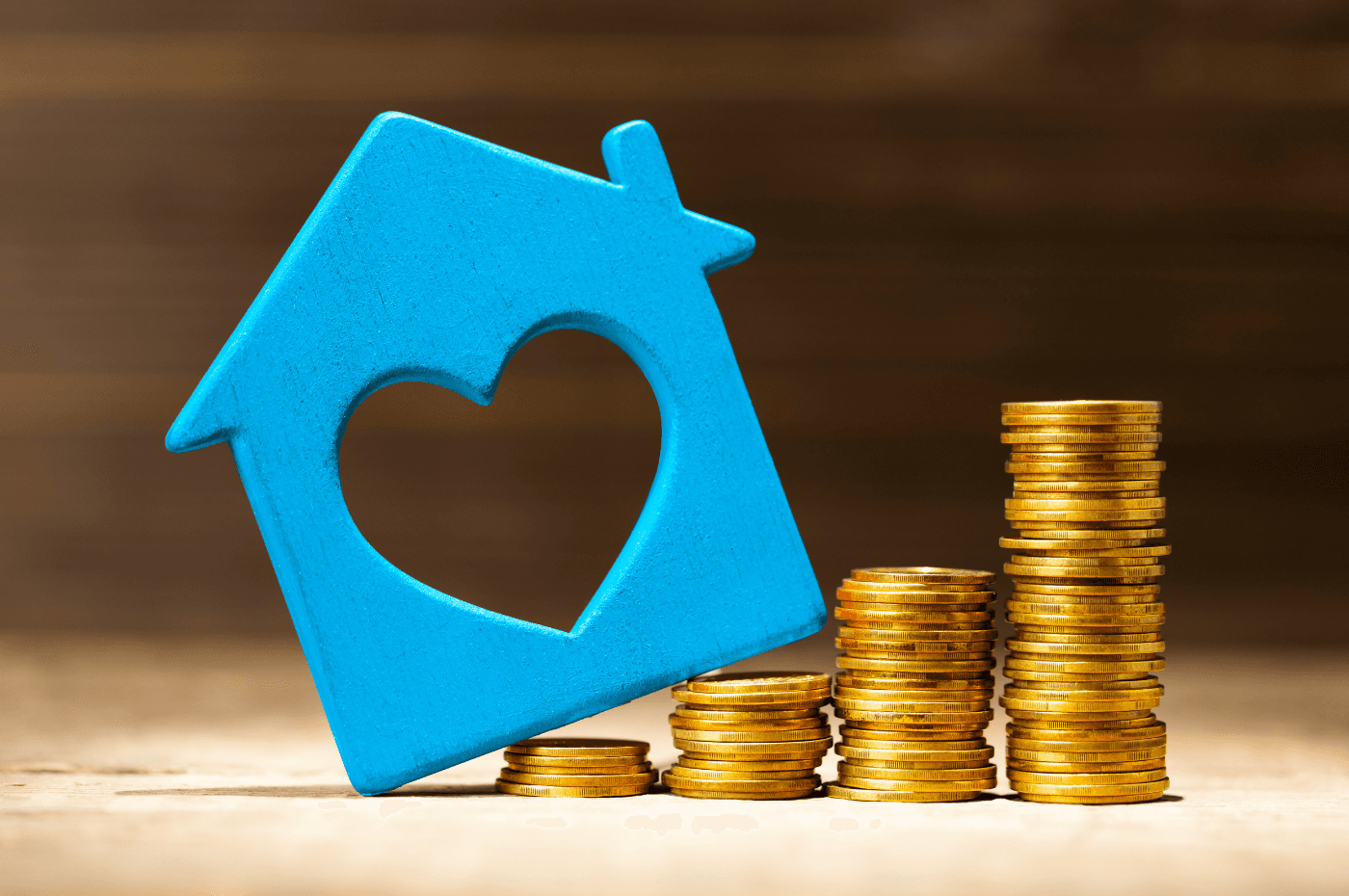It can be difficult, even overwhelming, to pursue important projects when you are drowning in debt. If your financial situation is far from ideal and you’re struggling to save for a down payment or an emergency fund, you’re not alone.
Money can be a sensitive topic and being in debt often bring a great deal of stress. But while it may seem daunting, it’s crucial to take control of your financial situation as soon as possible.
Let’s explore some strategies that can help you pay off your debt more efficiently.
1. Organizing your finances: the first step to clearing your debts
The first step in tackling your debt is being completely transparent about your situation: you need to clearly identify all your debts and make sure your budget is structured to handle them effectively.
Identifying your debts
First, you need to identify exactly what you owe. Understanding the full scope of your debts and their terms will give you the clarity needed to create an effective repayment plan, which we’ll cover later.
To identify your debts, create a detailed list for each one, including the following information:
- The name of the debt.
- The interest rate on the debt.
- The minimum monthly payment required.
- The due date for your monthly payments.
- Any late fees or penalty charges.
- The total outstanding balance.
By gathering all this information, you will have a clear picture of your finances and the status of each of your debts.

Take the time to make a budget
Now that you’ve listed all your debts, the next step is to create a budget. This will help you assess how debt repayment fits into your finances. A well-organized budget will give you a clear view of your current situation, including:
- Your net monthly income.
- Your essential expenses (fixed, variable, and occasional).
- Your non-essential expenses.
- The total amount currently allocated to debt repayment.
In doing so, you may identify areas where you can adjust or reduce spending, allowing you to redirect more funds towards paying off your debts.
2. Making a repayment plan: an essential step
Now that you know what your debts are and what your monthly budget looks like, it's time to take action. While there’s no one-size-fits-all solution for paying off debt, creating a structured repayment plan is essential.
Prioritizing some of your debts
The next step is to determine which debts you should repay first. By reviewing the details from your debt list, you can identify which one are the more urgent and require immediate attention.
Did you know that, over time, the debt with the highest interest rate can cost you the most? This is why many people choose to prioritize paying off high-interest debts first.
Prioritizing some of your debt is essential because you don’t want to pay off less urgent debts at the expense of those that are more pressing.
Good debt vs. Bad debt
It’s important to understand that not all debts are created equal. Some are considered good, while others are bad. Do you know the difference between the two?
Good debt is viewed as an investment that can be profitable in the long term. These types of debt, such as student loans or mortgage, generally help you build wealth or improve your financial situation over time.
Bad debt, on the other hand, refers to loans taken out for things that lose value over time or don’t generate income. The most common example of bad debt is credit card debt.

Snowball method vs. Avalanche method
The Snowball and Avalanche methods are two popular debt repayment strategies, each with its own approach. Here’s an overview to help you choose the one that fits your financial goals:
The Snowball method
The Snowball method is a debt repayment strategy where you prioritize paying off your debts with the smallest balance. Here’s how it works:
-
List all your debt from the smallest to the largest balance.
-
Continue making the minimum required monthly payments on all your debts.
-
Focus on paying off the smallest debt first. Once it’s paid off, take the amount you were paying on that debt and apply it to the next smallest debt.
-
Repeat this process until all your debts are paid off.
The Avalanche method
The Avalanche method is a debt repayment strategy where you prioritize paying off debt based on their interest debts, starting with the highest. Here’s how it works:
-
List all your debts from the highest interest rate to the lowest.
-
Continue making minimum required monthly payments on each debt.
-
Focus any extra money or additional payment towards the debt with the highest interest rate first.
-
Once the high-interest debt is paid off, redirect the money you were paying on it to the next highest-interest debt, and so on.
3. Contacting your creditors: communication comes first!
When facing financial difficulties, it can be tempting to avoid the situation, ignoring calls, warning letters and overdue payments. However, it will only make things worse.
Even before missing a payment, it's important to contact your creditors and explain your situation. You may be able to negotiate better repayment terms. The worst they can do is refuse.
By being open with them, your creditors might offer you options such as:
- Extending your repayment period.
- Reducing your monthly payments.
- Granting you a payment deferral.
- Lowering the total amount of your debt.
Never underestimate the power of communication: it can be a very powerful tool.

4. Asking for help to manage your debt
If you feel overwhelmed by your debt, remember that help is available. There are organizations and professionals who can assist you in finding solutions that suit your specific situation. Financial advisors or debt management agencies can be invaluable in helping you create a realistic and structured repayment plan.
In some cases, turning to your family or friends for support might also be an option. While it can be a sensitive subject, they may offer advice or even temporary financial assistance if needed.
5. Consolidating your debts: an option worth considering
Did you know that consolidating debt could be a smart way to manage them more effectively? It’s a solution that can offer several benefits.
Debt consolidation involved combining all your debt into a single loan. To do this, you would apply for a lean from your bank to pay all of your existing debt at once. Afterwards, you’d only have one monthly payment to worry about.
This approach can be advantageous because, in many cases, the interest rate on the consolidation loan may be lower than the rates on your individual debts. Furthermore, consolidating means you’ll only have to keep track of one payment, reducing the risk of missing a due date and incurring late fees.
6. Bankruptcy: The last resort when you have too much debt
When all other options have been exhausted and you’re still unable to manage your debts, bankruptcy may sometimes be the only remaining solution to regain control of your finances. This legal process allows you to discharge most of your debts and, in some cases, offers a fresh start.
However, bankruptcy comes with significant consequences, including a major drop in credit score, which can linger for up to seven years, and potential restriction on certain assets.
Before considering this option, it’s crucial to consult with a licensed insolvency trustee. They can help you fully understand the implications of bankruptcy and assess whether it’s the right choice for your situation. They can also guide you towards other alternatives, such as a consumer proposal.
Remember, bankruptcy should always be considered a last resort, used as a way to start fresh, only after exploring all other possibilities.
You have a real estate project?
XpertSource.com can help you find a real estate broker. When you tell us about your project, we put you in touch with qualified resources for free. Simply fill out our form (it only takes a few minutes) and we will connect you with professionals.





